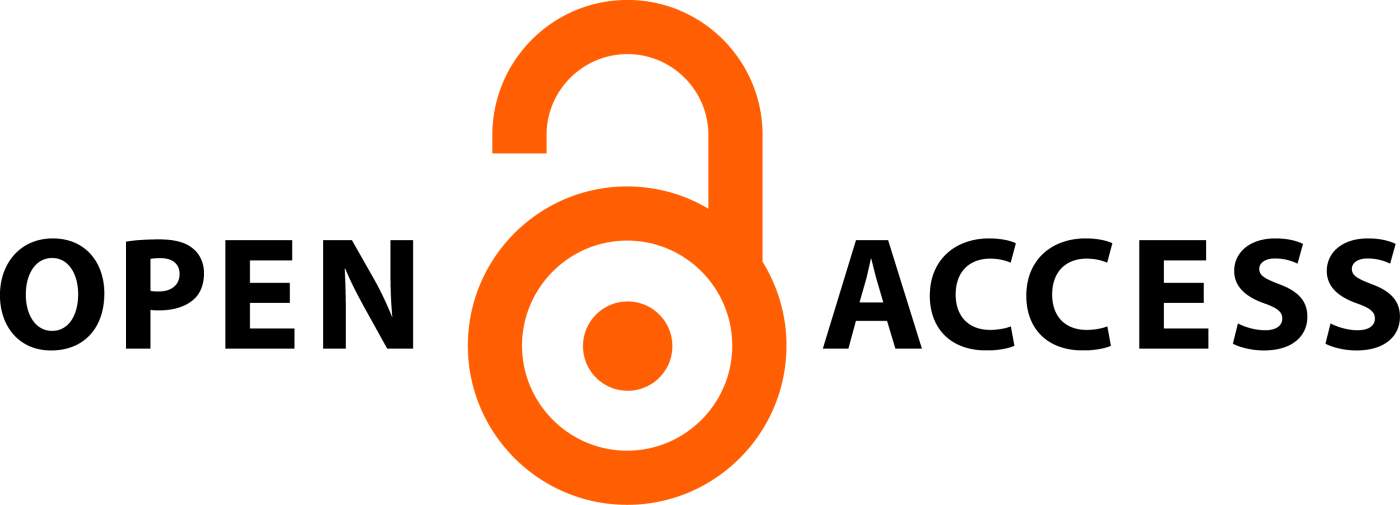A COMPREHENSIVE REVIEW ON CHALCONE ANALOGUES-VERSATILE SCAFFOLD WITH MEDICINAL AND BIOLOGICAL POTENTIAL
Abstract
This review’s main focus is on the most recent synthesis of chalcones with N, O, or S heterocycles, highlighting their biological potential. Chalcone derivatives are considered in beneficial species because they possess a keto-ethylenic moiety, CO−CH=CH−. Due to the existence of a reactive α, β-unsaturated carbonyl group, the synthesis of chalcone derivatives, which have been physiologically explored for use against specific disease targets, has been made possible by recent advances in heterocyclic chemistry. The need for novel drugs that are effective against multidrug-resistant pathogens has been driven by the growth in antibiotic resistance brought on by a variety of reasons. Chalcones are phenolic compounds that fall within the flavonoids category. They are a part of a large category of naturally occurring bioactive substances. During this review we have gone through a number of studies where chalcones were created via Claisen Schmidt condensation of suitable acetophenone with suitable aromatic aldehydes in the presence of an aqueous solution of potassium hydroxide and ethanol at room temperature in an effort to create antibacterial agents. The review content have been obtained through web browsing on various scientific databases and search engines like Science Direct, Pub Med, Research Gate, Google Scholar, etc. The synthesis of diverse chalcone derivatives was motivated by the potential activity of naturally occurring chalcones as anticancer, anti-inflammatory, antibacterial, antioxidant, and antiparasitic characteristics, as well as by their unique chemical structural structure. Flavonoids and isoflavonoids, which are frequent chemical building blocks found in a variety of naturally derived compounds, are enhanced by chalcone. This review may prove to be helpful for the creation and design of new powerful therapeutic medications.
Downloads
All the articles published in JAPSR are distributed under a creative commons license (CC BY-NC-SA 4.0)
Under this license, you are free to:
- Share- copy and redistribute the material in any medium or format for any purpose, even commercially.
- Adapt- remix, transform, and build upon the material for any purpose, even commercially.
The licensor cannot revoke these freedoms as long as you follow the license terms.
- Attribution — You must give appropriate credit , provide a link to the license, and indicate if changes were made . You may do so in any reasonable manner, but not in any way that suggests the licensor endorses you or your use.
- NonCommercial — You may not use the material for commercial purposes .
- ShareAlike — If you remix, transform, or build upon the material, you must distribute your contributions under the same license as the original.
- No additional restrictions — You may not apply legal terms or technological measures that legally restrict others from doing anything the license permits.
Copyright policy
The journal allows the author(s) to hold the copyright of their work. That means the authors do not need to transfer the copyright of their work to the journal. However, the authors grant JAPSR a license to publish the article and identify itself as the original publisher.
Licensing policy
The journal allows the author(s) to hold the copyright of their work. That means the authors do not need to transfer the copyright of their work to the journal. However, the authors grant JAPSR a license to publish the article and identify itself as the original publisher.






